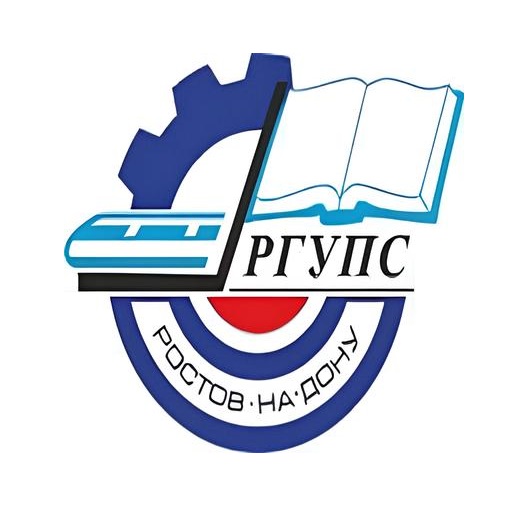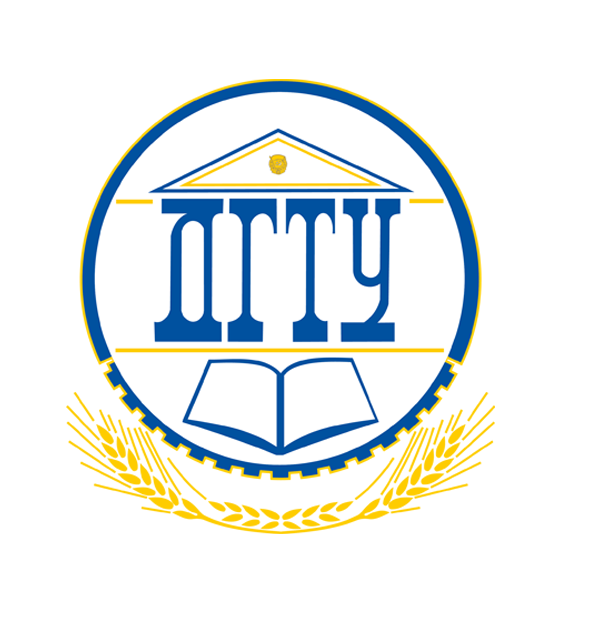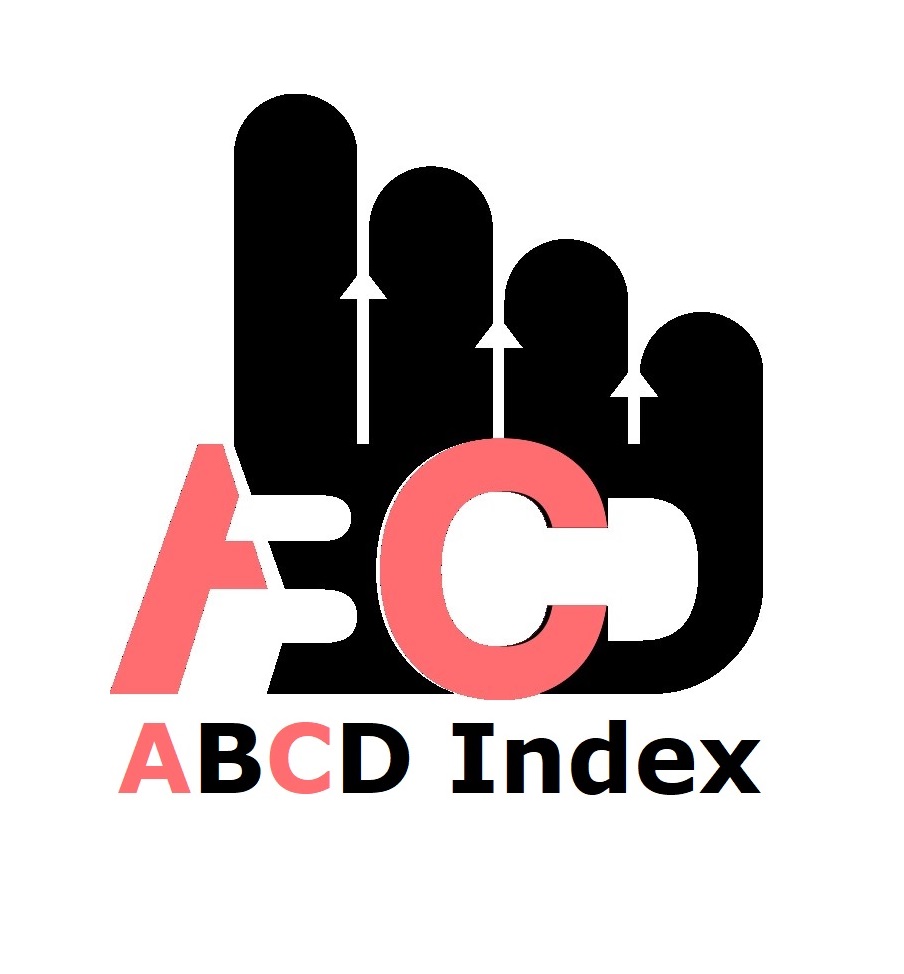The Impact of Language Transfers on Learners Writing Skills in English Learning Among Students in Mahama Refugee Camp, Rwanda
Keywords:
English Writing Skills, Language Transfer, Mahama Refugee Camp, Secondary SchoolsAbstract
This study investigates the effects of language transfers on English learners' writing skills in the Mahama Refugee Camp, Rwanda. The Contrastive Analysis Hypothesis Theory and Inter-Language Theory form the foundation of the current research, providing guidance to achieve the study objectives. This study employed a narrative research design. The study population comprised 169 respondents, including school staff and students from named schools B, C, and D. The study drew a sample size of 152 respondents from the target population, using stratified sampling and simple random sampling techniques to ensure adequate representation of all subgroups within the population. Semi-structured interviews were conducted with school teachers, and open-ended questionnaires were designed for students to answer in essay form. The study systematically analyzed the data by coding it to identify themes and patterns, and then interpreted these themes to gain insights and understanding about the research questions. Interviews with vice principals and teachers at Mahama Refugee Camp secondary schools revealed the impact of language transfers on learners' writing skills in English learning. They identified four main challenges: direct translation, incorrect application of grammar rules, incorrect use of vocabulary, and overgeneralization of rules. Direct translation from the mother tongue into English often results in semantically ambiguous sentences because idioms and syntactic structures do not always translate directly. When learners use native English structures, such as verbs in the wrong present tense, incorrect grammar is applied. Lexical misuse involves semantic errors and cognates, where words that sound the same in two languages have different meanings, leading to confusion and incorrect usage. Overgeneralizing native language rules, such as the regular plural system, also leads to errors in English writing. In conclusion, the research at Mahama Refugee Camp secondary schools reveals that language transfer errors, such as incorrect verb tenses and subject-verb agreement, significantly challenge students' English writing proficiency. To mitigate these issues, the study suggests targeted interventions, including focused grammar instruction, contrastive analysis, error correction, and communicative practice. As a recommendation, the government should provide support for professional development programs for teachers focused on addressing language transfer errors in English language writing. Teachers should provide opportunities for students to read extensively in English to help them internalize correct language patterns.
Published
How to Cite
Issue
Section
Copyright (c) 2024 Innocent Nsengimana, Assoc. Prof. Epimaque Niyibizi, Dr. Jean de Dieu Amini Ngabonziza

This work is licensed under a Creative Commons Attribution-NonCommercial 4.0 International License.
Most read articles by the same author(s)
- Jean Leonard Buhigiro, Emmanuel Sibomana, Jean de Dieu Amini Ngabonziza, Delphine Mukingambeho, Philothere Ntawiha, Peace and Values Education as a Cross-Cutting Issue in Rwandan Schools: Teachers and Classroom-Based Perspective , African Journal of Empirical Research: Vol. 5 No. 1 (2024): Jan-Mar 2024
- Emmanuel Mugiraneza, Alexandre Habintwali, Jean Damascene Kanyambo, Asst. Professor Epimaque Niyibizi, How Drama Enhances English-Speaking Skills: The Role of Drama in Teaching English-Speaking Skills in Selected Secondary Schools in Kigali City, Rwanda , African Journal of Empirical Research: Vol. 5 No. 2 (2024): Apr-Jun 2024
- Eric Ndayishimiye, Jean de Dieu Amini Ngabonziza, Spéciose Ndimurugero Ngirabakunzi, The Effect of Gamification on Learners’ English-Speaking Skills Performance: A Case of Five Selected High Schools in Kicukiro District, Rwanda , African Journal of Empirical Research: Vol. 5 No. 3 (2024): Jul-Sep 2024
- Emmanuel Majyambere, Jean Paul Ngoboka, Jean de Dieu Amini Ngabonziza, Causes of Academic Challenges in English Writing Skills at the 12-Year Basic Education Level in Karongi District, Rwanda , African Journal of Empirical Research: Vol. 5 No. 3 (2024): Jul-Sep 2024
- Dative Muhawenimana, Dr. Jean de Dieu Amini Ngabonziza, The Influence of Play Based Learning Project on Learner Performance in Science and Elementary Technology and English Language Subjects , African Journal of Empirical Research: Vol. 5 No. 2 (2024): Apr-Jun 2024
- Flavia Agirumubyara, Jean de Dieu Amini Ngabonziza, Effect of Socio-Cultural Factors on Women’s Participation in Leadership of Higher Education in Rwanda: A Case of Rwanda Polytechnics , African Journal of Empirical Research: Vol. 5 No. 1 (2024): Jan-Mar 2024
- Vedaste Ntagwabira, Jean De Dieu Amini Ngabonziza, Patrick Ujwiga Anguru, Factors Influencing Electronic Textbooks’ Reading Skills among Students in Secondary Schools of Muhanga District, Rwanda , African Journal of Empirical Research: Vol. 5 No. 4 (2024): Oct-Dec 2024
- Fidèle Habiyeze, Jean de Dieu Amini Ngabonziza, Correlation between Headteacher’s Supervision and Academic Achievement in English and Sciences Subject: A Case Study of Ruhango District Secondary Schools, Rwanda , African Journal of Empirical Research: Vol. 5 No. 2 (2024): Apr-Jun 2024
- Costase Nsengiyaremye, Jean de Dieu Amini Ngabonziza, Developing University Students’ English Speaking Skills: Assessing Hindrances in the Educational Environment of Higher Learning Institutions in Rwanda , African Journal of Empirical Research: Vol. 5 No. 4 (2024): Oct-Dec 2024
- Jean de Dieu Bavugempore, Jean de Dieu Amini Ngabonziza, Challenges Preventing Parents from Effectively Involving Themselves in the Implementation of CBC in Rwanda’s Lower Primary (Grades 1-3) , African Journal of Empirical Research: Vol. 5 No. 4 (2024): Oct-Dec 2024























